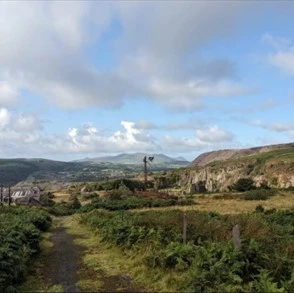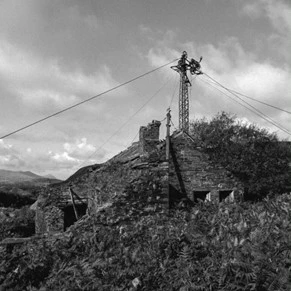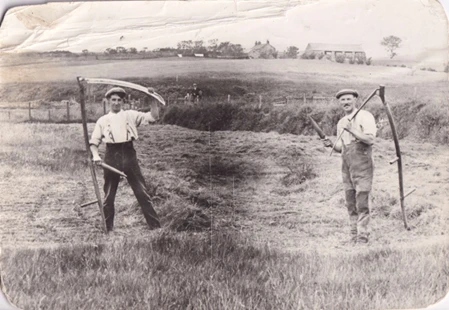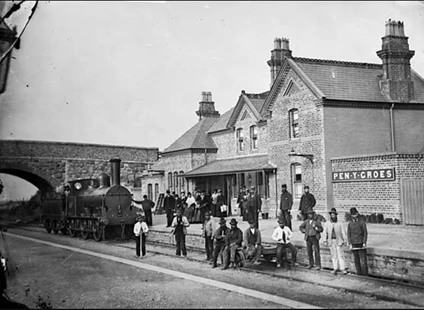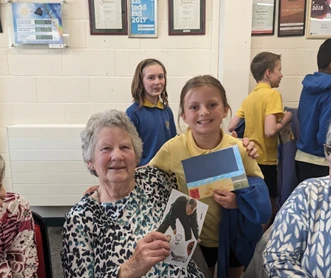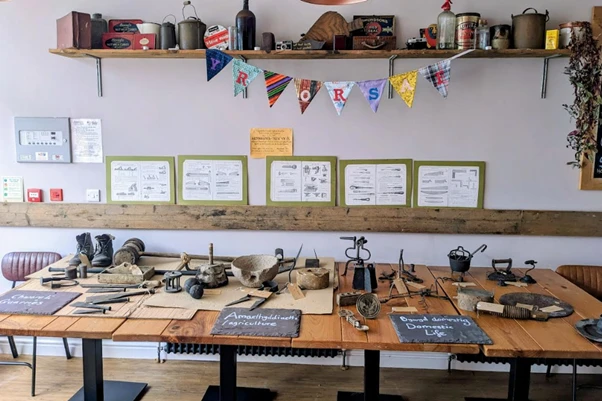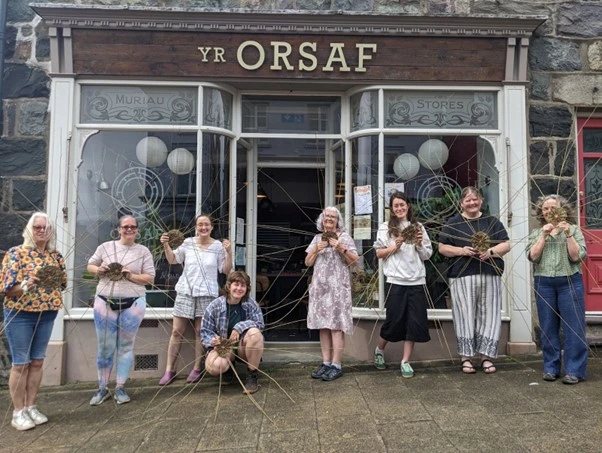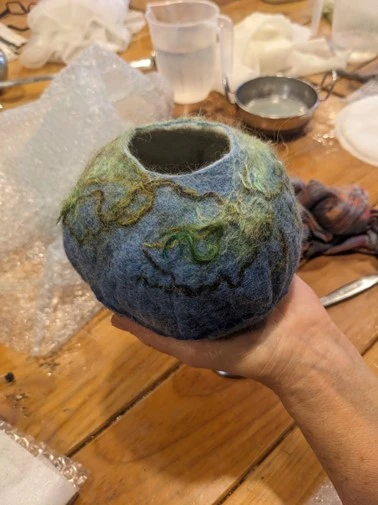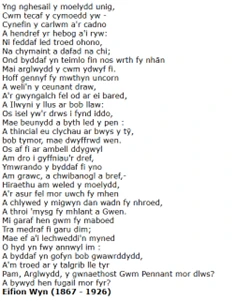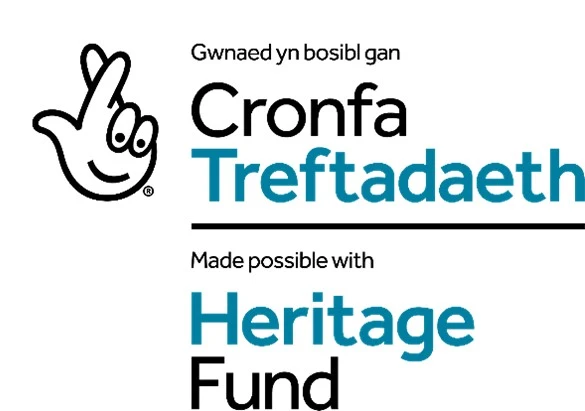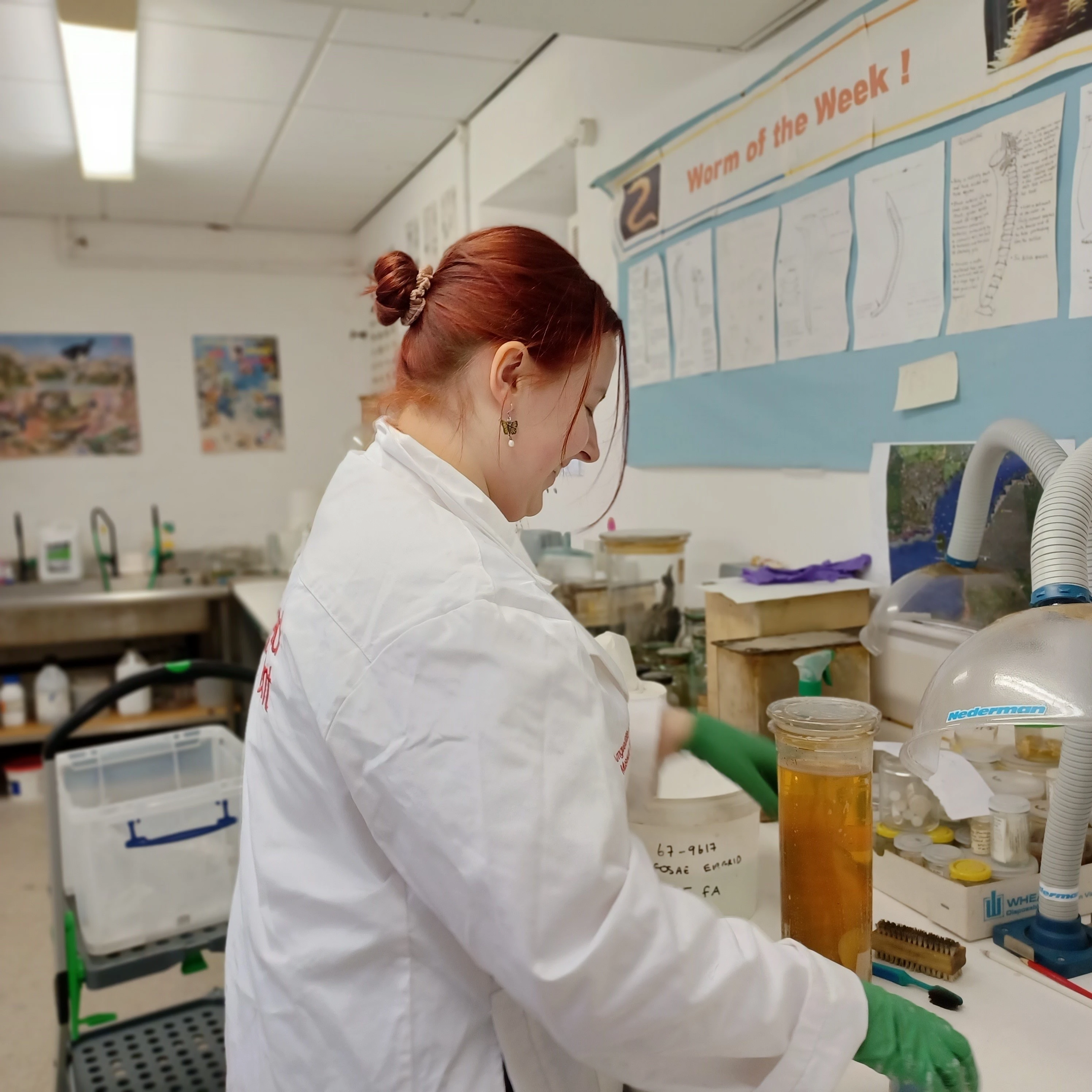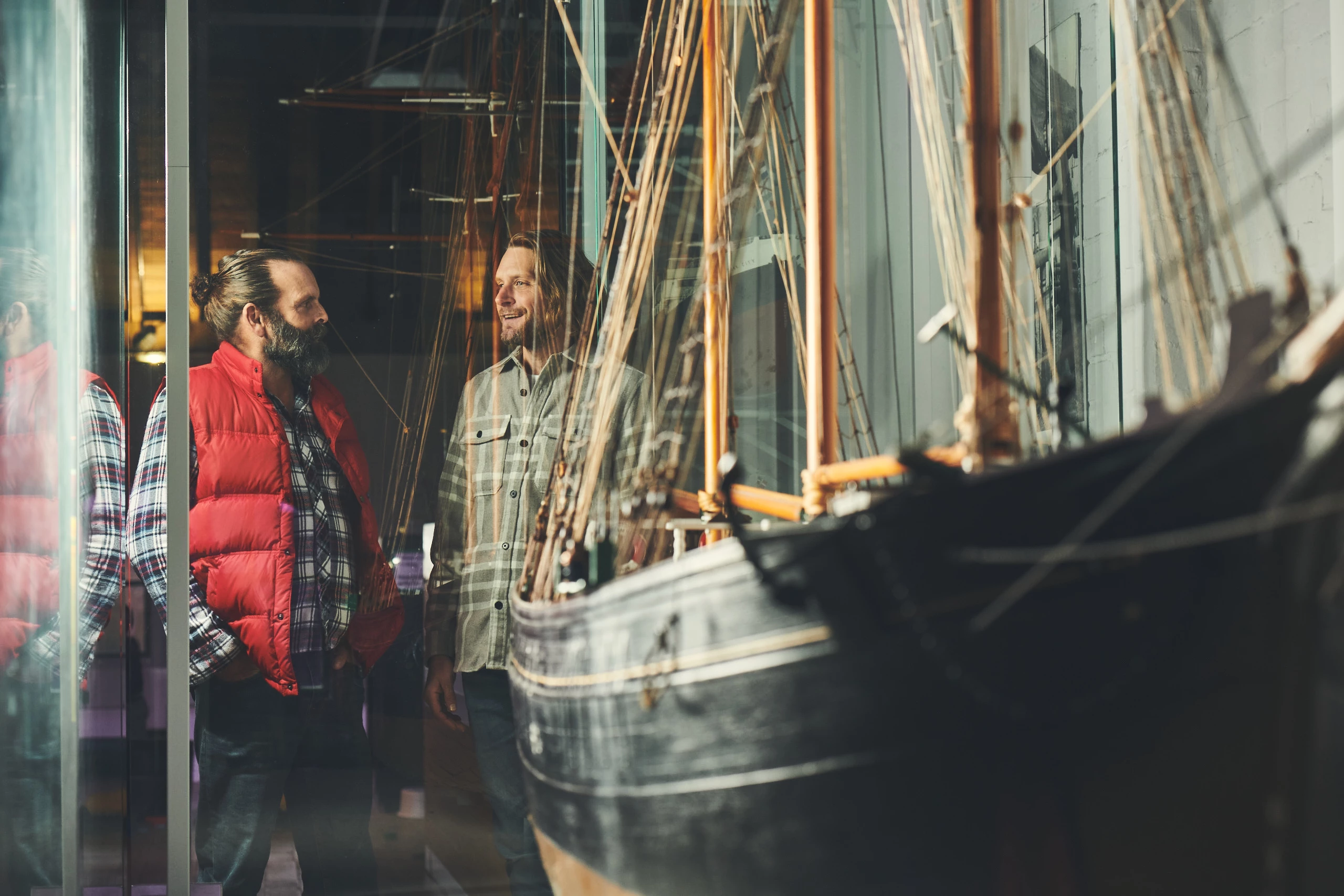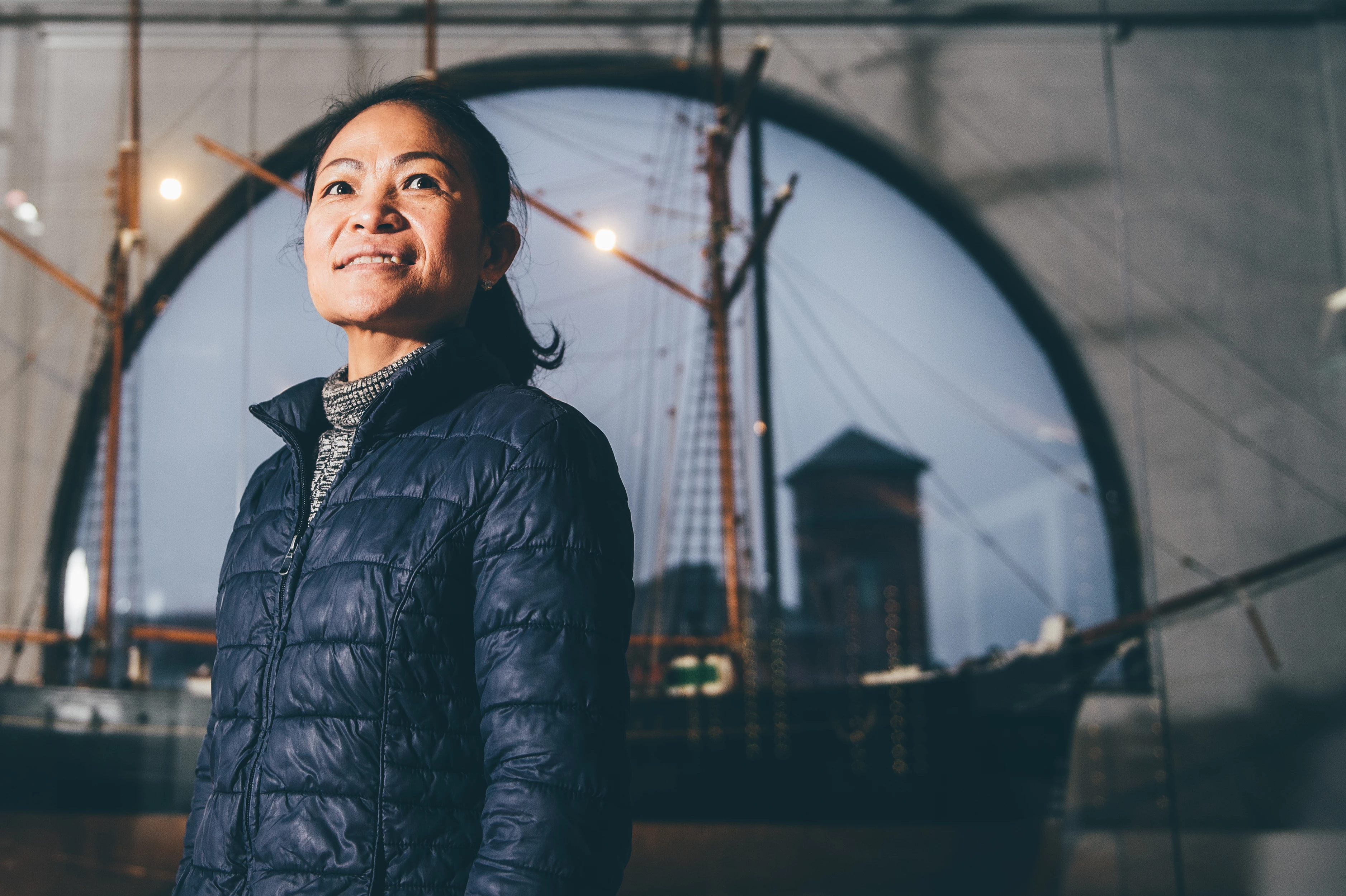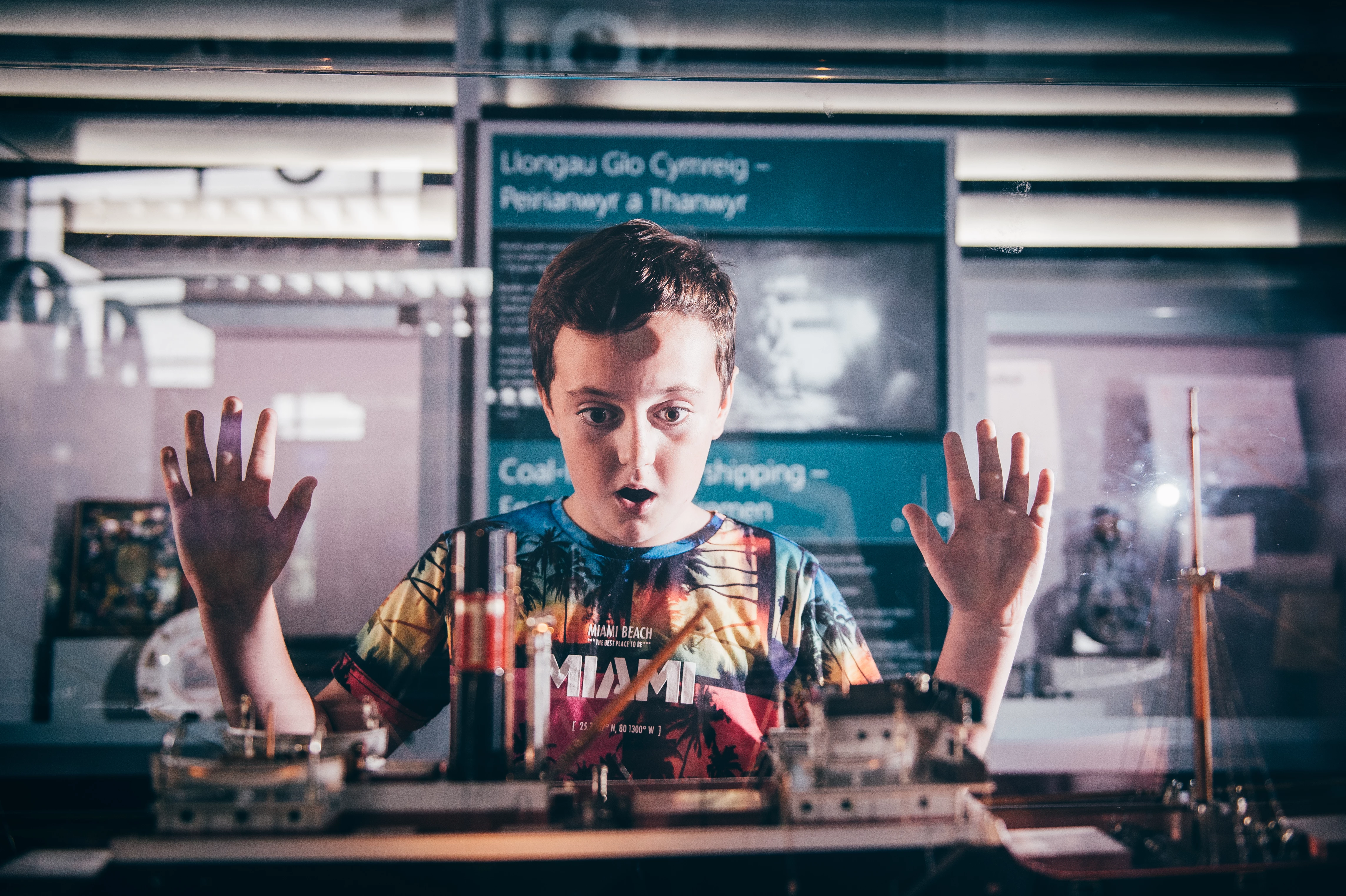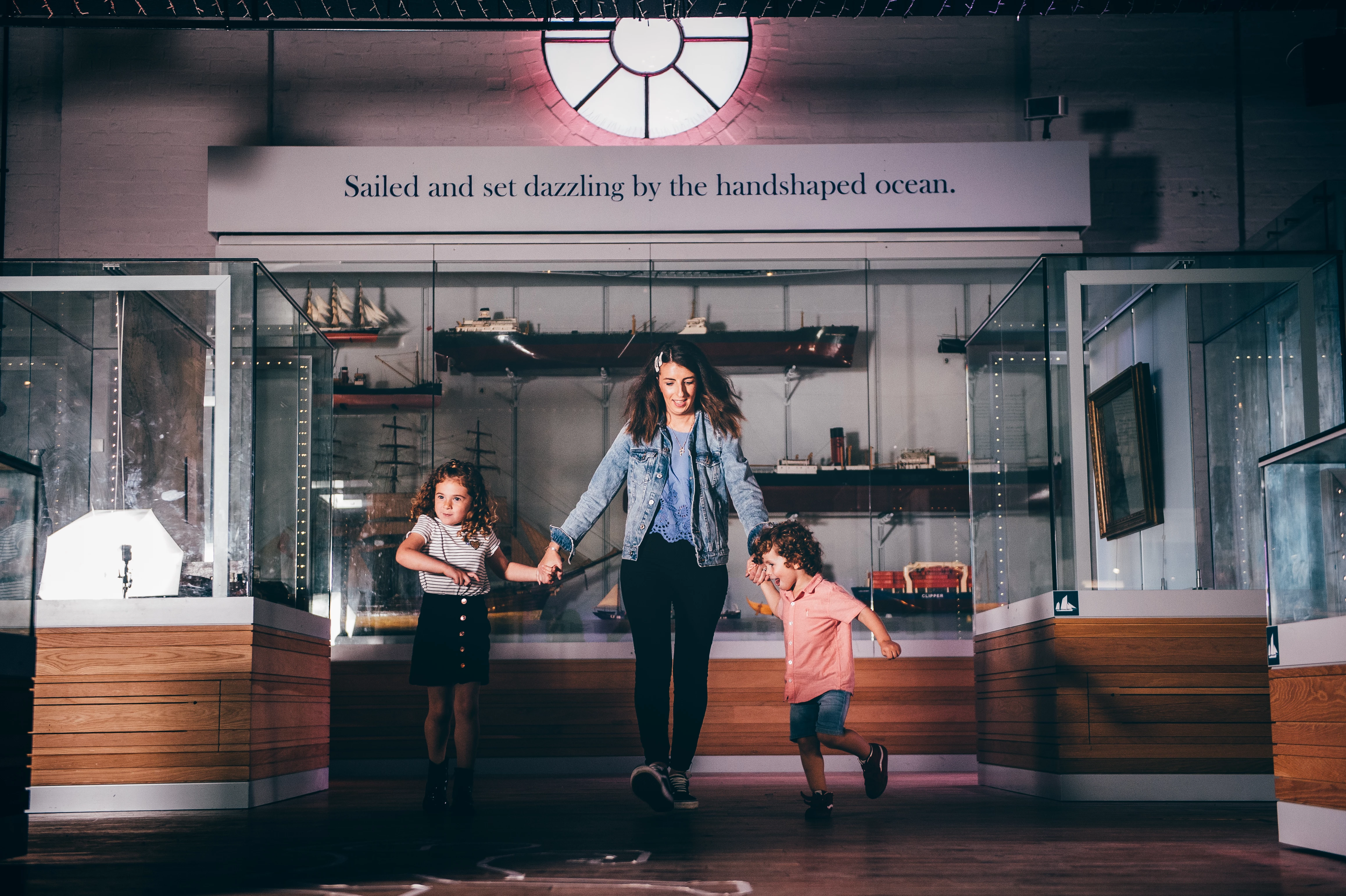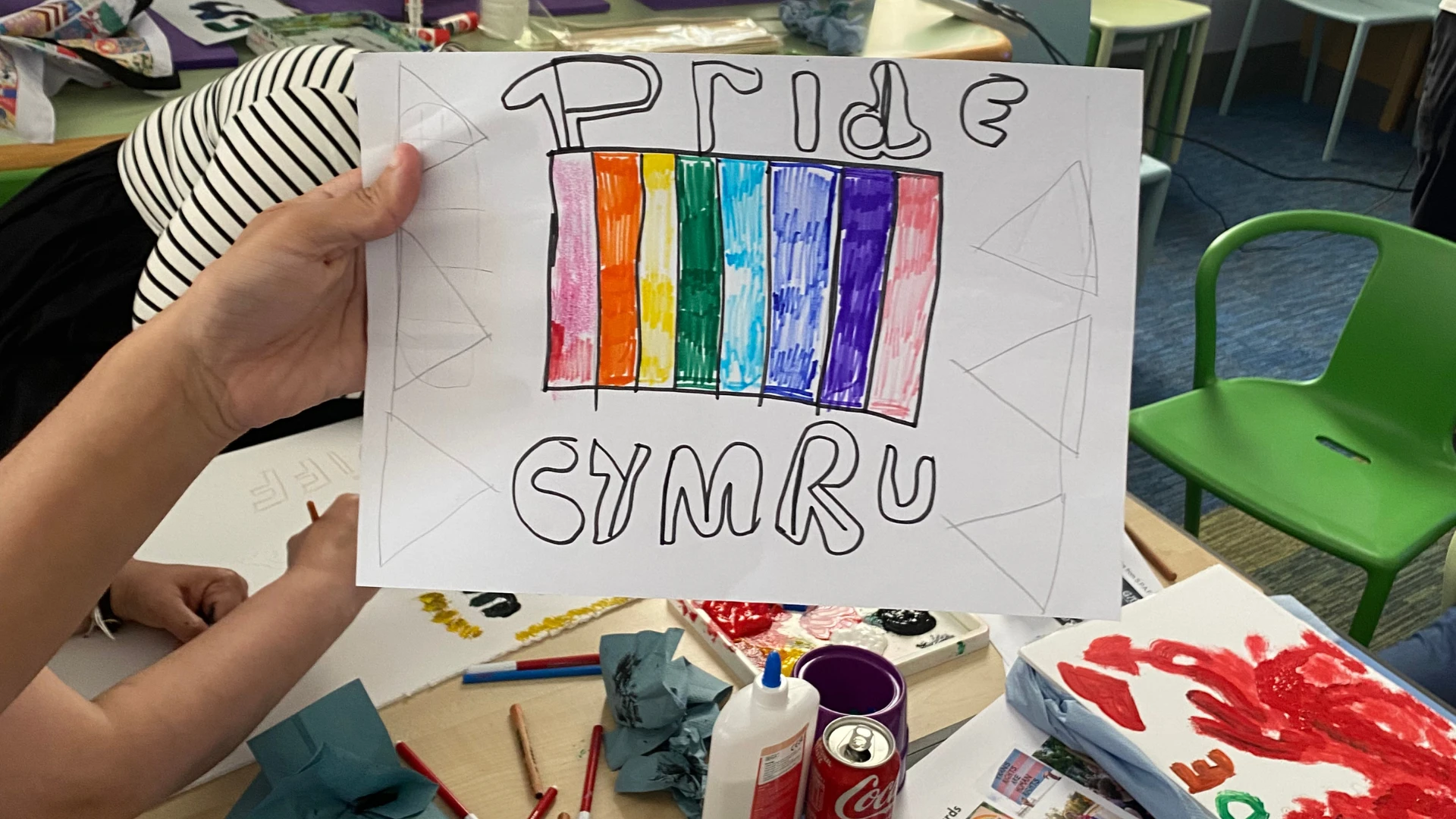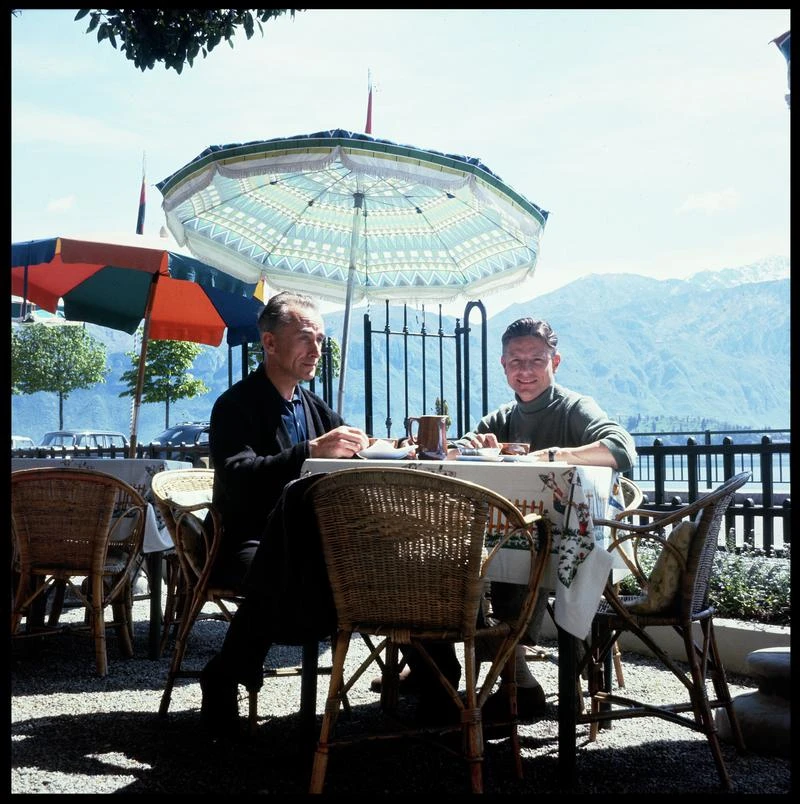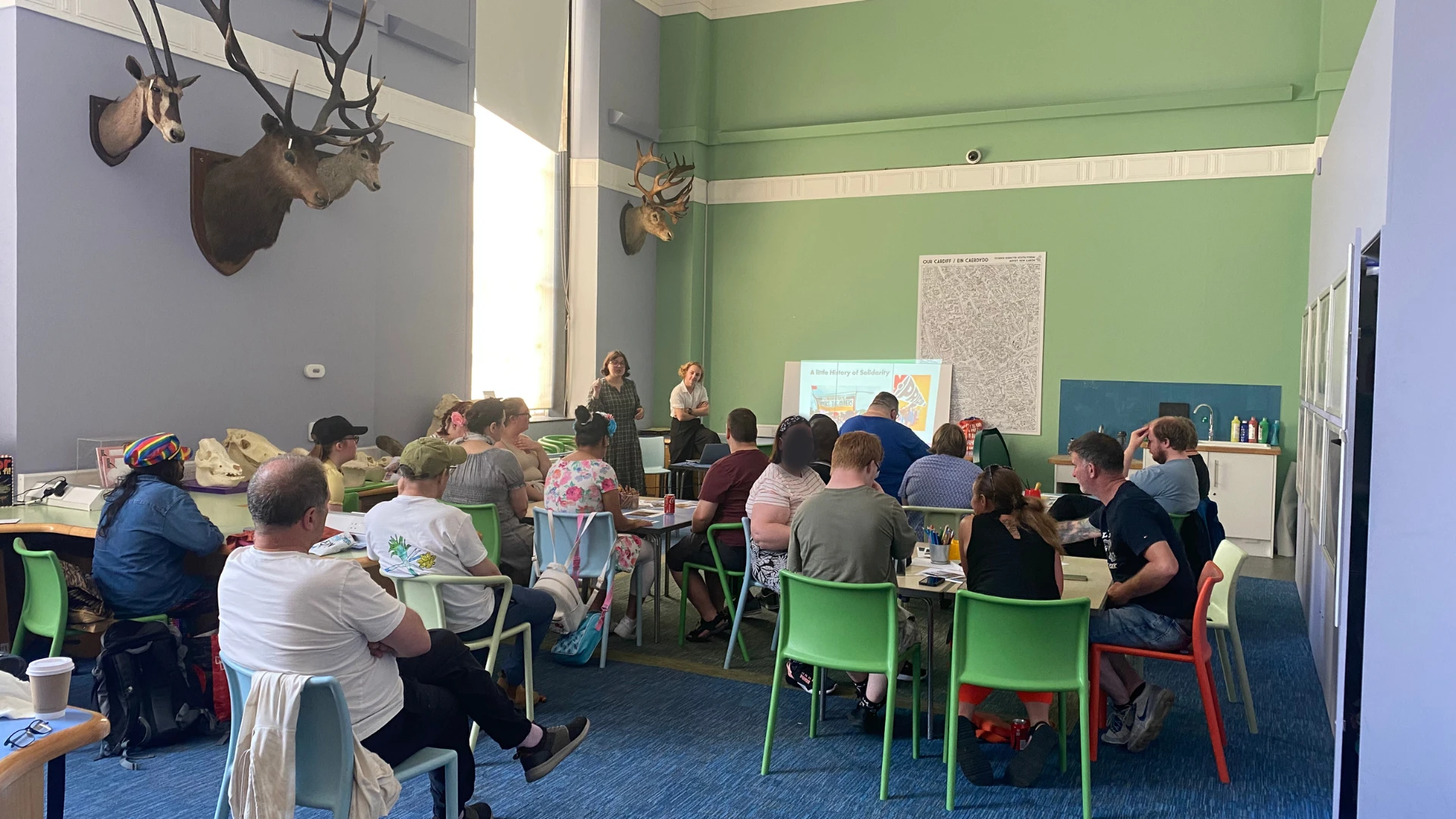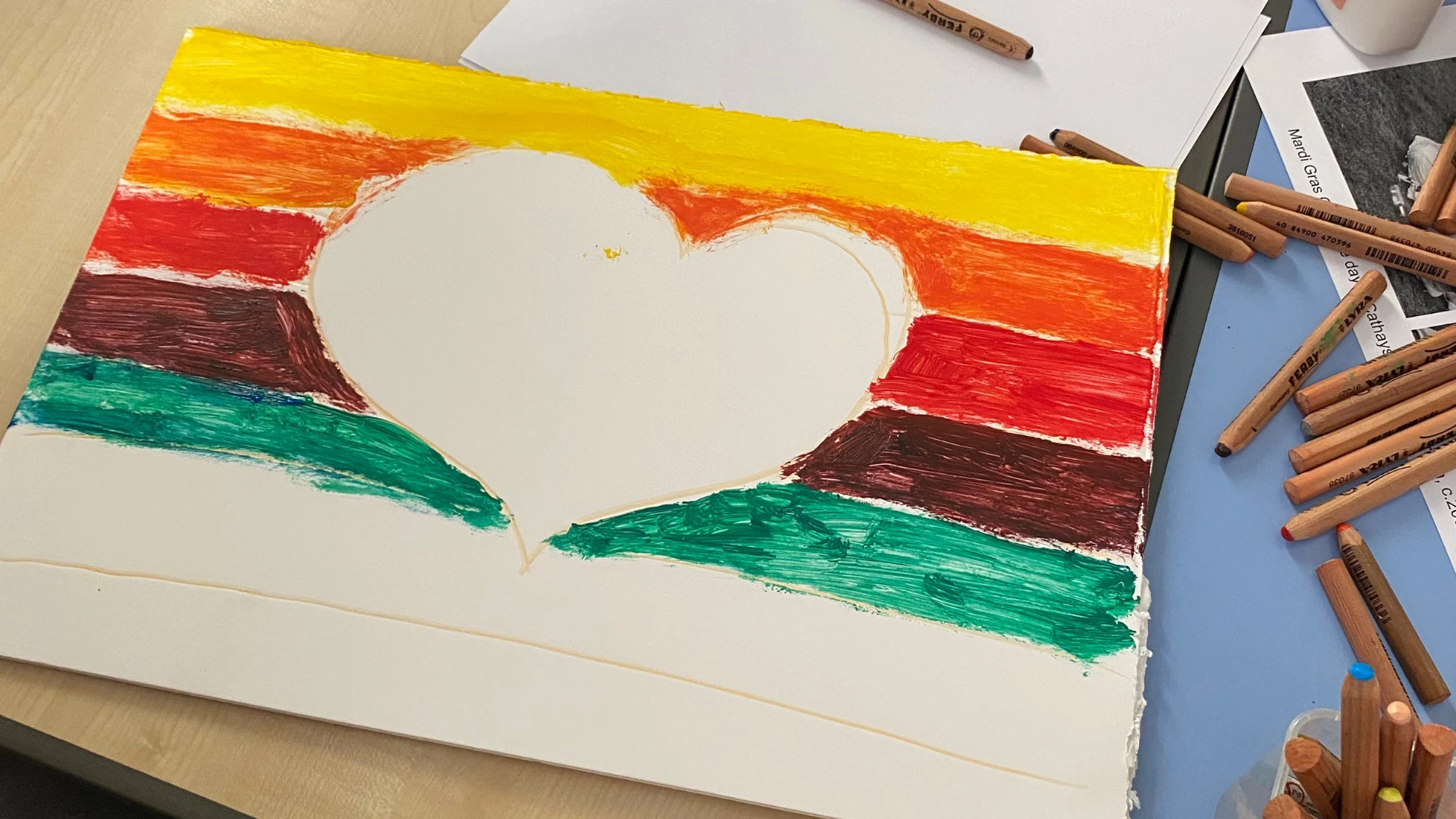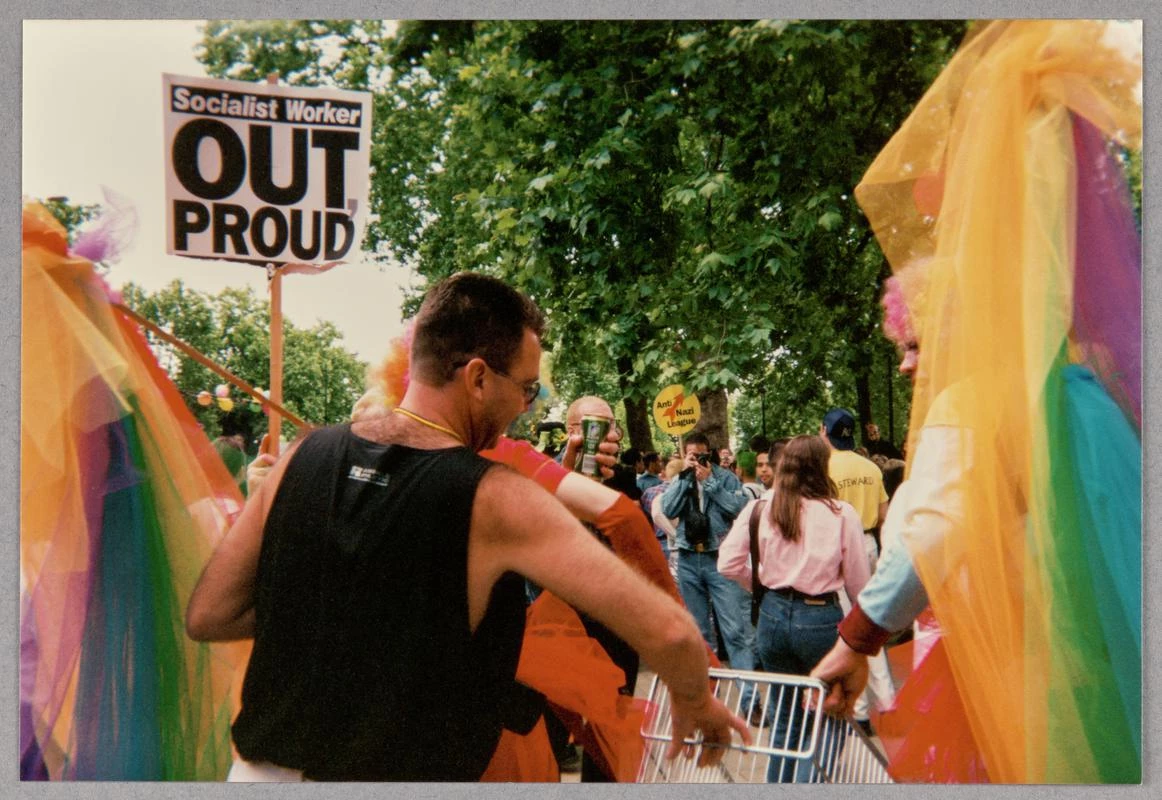Treftadaeth Byw: Living Heritage in Dyffryn Nantlle - REACH Cymru
, 30 Hydref 2025
Fel rhan o brosiect REACH Cymru, cawson ni’r pleser o gydweithio gydag ystod o gymdeithasau tai a sefydliadau cymunedol ledled Cymru. Yn eu plith roedd Adra ac Yr Orsaf, dau sefydliad sy’n ymroddedig i gefnogi pobl yn y gogledd gyda mentrau cymunedol a thai.
Darllenwch i glywed beth mae Lotti, Swyddog Treftadaeth Yr Orsaf, wedi bod yn ei drefnu a’i gynnal yn Nyffryn Nantlle fel rhan o raglen REACH Cymru.
Sut mae diwylliannau, hanesion, ac iaith yn eistedd ym mreichiau agored y dyffryn hwn, yn nofio gyda’r afonydd, ac yn dawnsio ar draws wynebau ysgythrog y clogwyni? Dyma rai o’r pethau rydw i wedi bod yn myfyrio yn eu cylch fel Swyddog Treftadaeth yn Nyffryn Nantlle dros yr ychydig fisoedd diwethaf. Gweld Ffig 1.
Des i i’r swydd hon yn hwb cymunedol Yr Orsaf yn teimlo ar goll wedi’r brifysgol; ro’n i wedi dychwelyd i fy ardal enedigol ger Clynnog ar ôl bod yn Rhydychen, ac roedd fy Nghymraeg yn teimlo braidd yn llychlyd. Felly, roedd gweithio fel Swyddog Treftadaeth yn Nyffryn Nantlle yn gyfle i ddychwelyd ac i ailgysylltu.
Roedd ein sesiwn gyntaf – Noson Hen Lunia – yn gyfle i agor y drafodaeth am dreftadaeth. Roedd hi’n arbennig clywed angerdd a balchder pobl am eu synnwyr o le, a gweld y fath ofal oedd gan bobl am ddarnau materol yn ymwneud â’u gorffennol. Gweld Ffig 2.
Cefais fy synnu wrth weld hen luniau o Benygroes; roedd y lle’n fwrlwm o siopau annibynnol, trenau, chwareli, a sinema, o gymharu ag ardal ddigon syml erbyn hyn. Soniodd rhywun wrtha i am yr hwyl fydden nhw’n ei gael yn dawnsio ac yn canu ar ffermydd mewn Nosweithiau Llawen, a’r cyffro o gwrdd â phobl o wahanol drefi mewn disgos yng Nghlynnog. Wedi’r hiraethu, wrth weld sut mae Dyffryn Nantlle wedi newid dros amser cefais fy nghyffroi gan y teimlad o bosibilrwydd, ac fy atgoffa o bwysigrwydd y gwaith cymunedol sy’n dal i ddigwydd yn llefydd fel Yr Orsaf. Gweld Ffig 3.
Roedd y Noson Streuon yn orlawn o wrandawyr oedd yn awyddus i glywed chwedlau Gwynn a Gethin. Ro’n i wedi fy swyno gan ddelwedd gain Gethin o’r glasbren derw yn blaguro cyn stori fawr Blodeuwedd a Lleu Llaw Gyffes. Yr hyn oedd yn teimlo fwyaf ystyrlon oedd y ffaith bod y straeon wedi’u gwreiddio yn y dirwedd; roedd stori’r tylwyth teg wedi’i lleoli ar fferm ger pen ucha’r stryd fawr, ac un arall wrth yr afon ro’n i’n seiclo heibio iddi ar y ffordd i’r gwaith. Roedd yn ychwanegu dyfnder diwylliannol i’r map mewnol sydd gen i o fy nghartref. Do’n i heb fod mewn digwyddiad adrodd straeon yn Gymraeg o’r blaen. Roedd clywed y straeon yma yn yr iaith y’u ganed nhw, iaith y tir hwn, iaith sy’n cynnal treftadaeth, yn teimlo’n gywir.
Mae treftadaeth yn beth personol, lle caiff teimladau cymhleth tuag ati eu siapio gan eiliadau neu brofiadau penodol. Fel Swyddog Treftadaeth, mae hyn yn gofyn am ymagwedd ddiymhongar sy’n cydnabod bod eisoes gan bobl eu treftadaeth eu hunain, a’u bod yn cysylltu â hi mewn ystod o wahanol ffyrdd personol.
Roedd ein prynhawn o greu gludwaith gyda blwyddyn 6 o Ysgol Bro Lleu a’n clwb coffi bob pythefnos – BeNawnNi – i aelodau hŷn y gymuned yn enghreifftiau o’r dysgu dwy ffordd a all ddigwydd wrth gyfnewid rhwng cenedlaethau. Roedd llawer o’r aelodau hŷn yn ansicr am y gludwaith gan ei fod yn rhywbeth nad oedd ganddyn nhw lawer o brofiad ohono. Yn y cyfamser, aeth y plant cynradd ati’n syth a bachu ar y cyfle i ddangos i’w cyfoedion hŷn beth roedden nhw’n ei wneud. Cydweithion nhw i greu gludwaith o’u hoff lefydd yn Nyffryn Nantlle a sgwrsio am beth mae’n ei olygu iddyn nhw. Gweld Ffig 4.
Roedd ein tair noson agored ym mis Mai – y Nosweithiau Treftadaeth – yn cynnig lle i bobl rannu eu gwybodaeth a’u profiad o fyw yn Nyffryn Nantlle. Cefais glywed am y pethau diddorol roedd pobl wedi’u profi yn ystod eu bywydau: cypyrddau’n crynu yn ystod daeargryn Pen Llŷn ym 1984 (5.4 ar y raddfa Richter!), olion hen arferion perchnogaeth tir yn y dirwedd, fel enwau wedi’u crafu ar gerrig, a balchder teuluol o weld hen offer fferm fel maen melin. A hyd yn oed myfyrdodau annaearol am act syrcas hedfan ddirgel a ddaeth i Chwarel Dorothea un tro. Gweld Ffig 5.
Cododd heriau penodol o’r digwyddiadau treftadaeth hyn. Sut, er enghraifft, mae ennyn diddordeb disgyblion ysgol uwchradd mewn treftadaeth? Roedd gwaith diweddar Gwyrddni gydag ysgolion lleol ar thema newid hinsawdd yn ysbrydoledig iawn. Arweiniodd eu gwaith at greu llyfr mawr llachar ac ystod hyfryd o berfformiadau canu a barddoniaeth ar gyfer y criw yn BeNawnNi. Yr hyn darodd fi oedd bod eu gwaith nid yn unig yn cyffwrdd â themâu newid hinsawdd, ond hefyd roedd wedi’i wreiddio’n ddwfn mewn synnwyr o le a threftadaeth. Dangosodd y perfformiad hwn i fi y cyfleoedd sy’n codi pan fyddwn ni’n cadw ystyr llac wrth ystyried treftadaeth, un nad oes rhaid iddo edrych o reidrwydd ar y gorffennol yn unig, ond un sy’n broses barhaus; sgwrs sy’n cwmpasu arferion a ffyrdd o fyw sy’n bwysig ar gyfer y dyfodol.
Gan ddilyn y thema hon o dreftadaeth fel proses barhaus, roedd gweithdai diweddarach yn archwilio treftadaeth drwy wneud celf a chrefft. Cawson ni sesiynau gwehyddu a lliwio naturiol gyda’r artist Ella Jones, buon ni’n creu portreadau cerfluniol o ffigurau enwog lleol gyda Luned Rhys Parri, ac yn plethu basgedi helyg gydag Eirian Muse wrth wrando ar gerddoriaeth werin ar Radio Cymru. Gweld Ffig 6.
Yn dilyn y thema gwlân, cawson ni gyfres o sesiynau ar liwio edafedd brodwaith gwlân yn naturiol gyda chwmni tecstilau cymunedol lleol o’r enw Tecstiliau, a gweithdy ffeltio powlen gyda Nicole LeMaire. Roedd Angharad Tomos yn ddigon caredig i ddangos cerddi i fi, a oedd yn berthnasol i’r cariad amaethyddol at le sydd wedi’i feithrin yn yr ardal hon. Roedd eu darllen yn ystod y gweithdy yn cynnig fframwaith hyfryd ar gyfer myfyrio ar y berthynas rhwng gwlân a’r dirwedd wrth weithio gyda’n dwylo. Soniodd sawl un am neiniau a oedd yn gwiltwyr, yn frodwyr ac yn wneuthurwyr dillad medrus. Gweld Ffig 7 ac 8.
Bydd treftadaeth yn parhau i gael ei meithrin yn Nyffryn Nantlle. Mae’r grŵp gweithgar ‘Criw Kate’ ym Mhenygroes yn trefnu gŵyl i ddathlu’r awdur enwog Kate Roberts yng Nghae’r Gors ym mis Medi. Rydw i’n edrych mlaen yn arbennig at brosiect hen enwau llefydd a ddechreuon ni ym mis Awst gyda sesiwn ar gyfer casglu enwau caeau gan ffermwyr. Mae enwau llefydd – yn debyg i ffeiliau PDF bach – yn rhoi cliwiau diddorol ac annisgwyl am y defnydd o dir yn y gorffennol, nodweddion topograffig fel ffynonellau dŵr, neu gall hyd yn oed gysylltu â chwedlau gwerin. Mae enwau’n gallu newid gyda mwy nag un perchennog neu gael eu pasio i lawr am genedlaethau. Mae Elinor Gwynn a Carwyn Graves – a roddodd sgwrs am yr ‘Iaith yn y Tir’ yn Yr Orsaf yn ddiweddar – wedi bod yn arbennig o ysbrydoledig yn hyn o beth; mae rhoi sylw i’r ffyrdd mae perthnasau â’r tir wedi’u cynnal yn yr iaith yn allweddol er mwyn creu dyfodol mwy teg sy’n parchu’r ffyrdd hyfryd mae pobl wedi byw mewn llefydd dros amser.
Rwy’n ddiolchgar bod pobl wedi ymddiried ynof fi gyda’u hatgofion a’u straeon dros y misoedd diwethaf. Er mwyn plethu’r llinynnau hyn ynghyd, rwy’n gobeithio y gallwn ni greu rhywbeth creadigol a chydweithredol gyda’r enwau llefydd hyn, fel cwilt neu frodwaith, i ddathlu eu harddwch a’u gwreiddiau yn y dirwedd hon.
Cadwch lygad am flogiau eraill sydd ar ddod, yn arddangos y gwaith anhygoel sydd wedi bod yn digwydd ar draws ein holl gymunedau sy'n cymryd rhan.
Mae REACH Cymru yn bosibl diolch i gymorth Cronfa Dreftadaeth y Loteri Genedlaethol. Mae REACH Cymru yn bartneriaeth rhwng tri ar ddeg o sefydliadau ac yn cael ei arwain gan y Brifysgol Agored ac Amgueddfa Cymru. Mae’n cael ei ariannu gyda grant gan Gronfa Dreftadaeth y Loteri Genedlaethol. Dechreuodd y cyfnod presennol yn hydref 2024 ac mae disgwyl iddo barhau tan hydref 2026.
